Why a little eco-anxiety can be a good thing
How to find your rewilding community, tips on biodiverse garden design, rewilding projects in Ukraine and a new book about deer.

Stressing about the climate may lead to action, a new study finds
Does reading this newsletter stress you out? Does learning about landscapes and ecosystems in desperate need of rewilding fill you with angst?
Consider us #sorrynotsorry.
While we aim to take a positive, solutions-based approach to our coverage, it’s impossible not to acknowledge the upsetting situation the Earth finds itself in. And as it happens, exposing yourself to that reality – and all the accompanying dread that ensues – may be a good thing.
Earth Rangers, a charity focused on environmental education, surveyed Canadian adults and children about their climate worries. The conclusion: The more concerned people are about the environment, the more likely they are to do something about it. And that, in turn, seems to make them feel better about the state of things.
As Earth Rangers puts it: “The key to overcoming eco-anxiety is to connect it with eco-action.”
With Google searches for “climate anxiety” surging across the Earth, this is an important message for people to hear. Imagine what could happen on a global scale if millions of people channelled that nervous energy into solutions.
A good first step you can take pretty easily? Introduce more people to rewilding! And on this front the work of the Yorkshire Rewilding Network provides a surprisingly good case study on how to get started. The charity excels at bringing people together and helping them share their knowledge, be it through a full-fledged rewilding festival or distraction-free online forums. You can read all about it in this month’s issue.
Also available: lessons on gardening for wildlife, an update on rewilding efforts in Ukraine and a review of a new book about deer.
Stay wild,
Domini Clark and Kat Tancock, editors
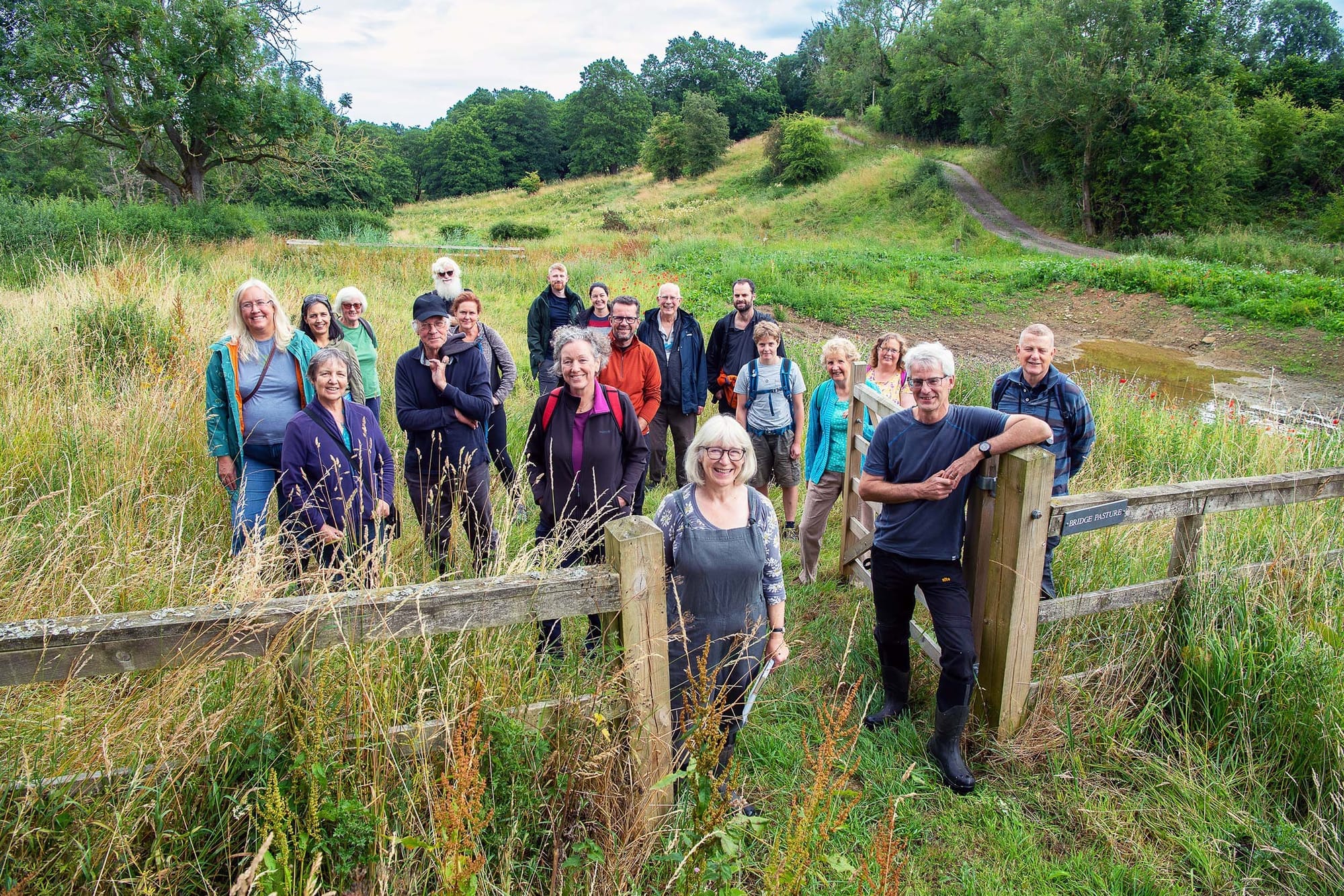
How the Yorkshire Rewilding Network is building connections and community – and hope
This rewilding charity is bringing together nature enthusiasts to support each other in their rewilding efforts. Here's how – and what we can learn from them.
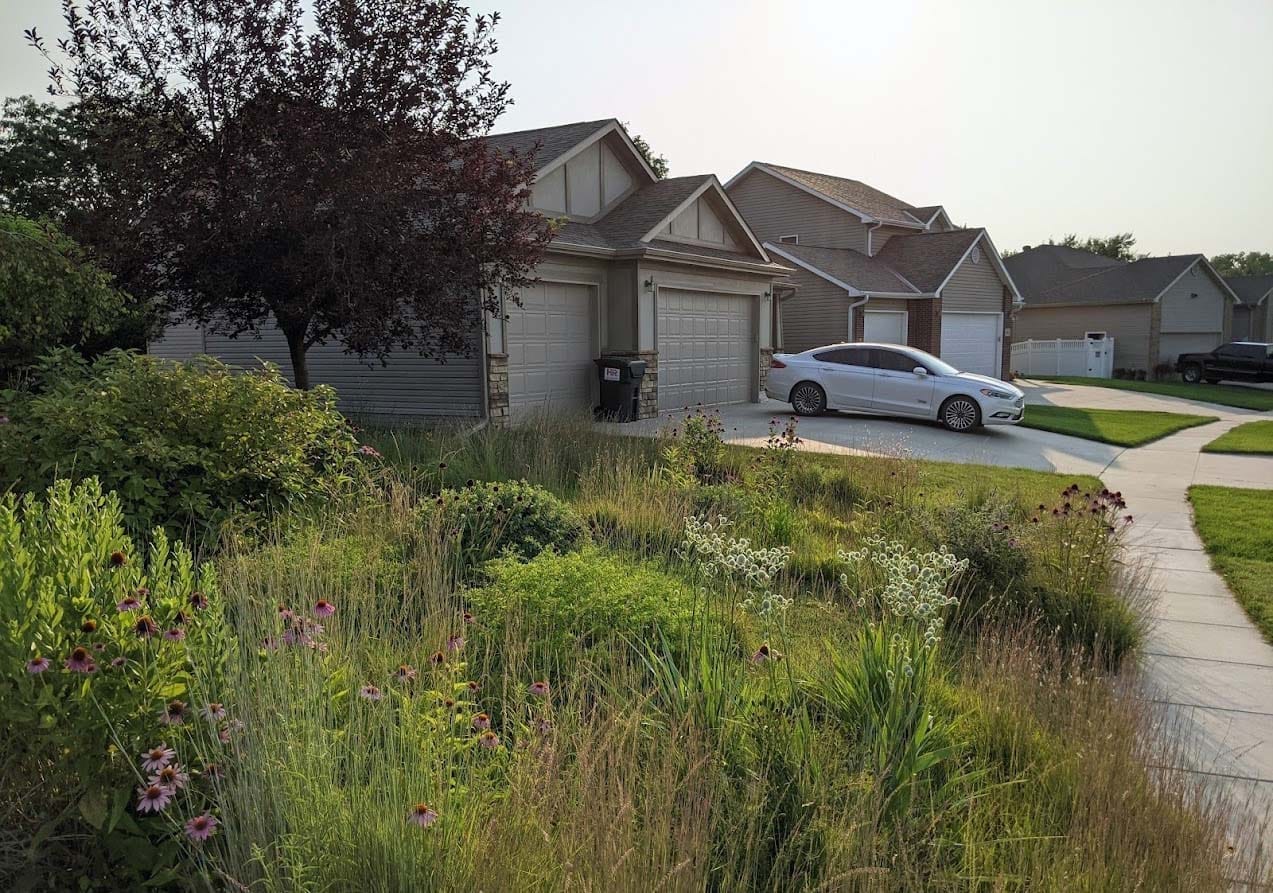
Why wildlife gardeners need to become garden designers ASAP
How do we garden for wildlife while getting our neighbours and communities onboard, too? It starts with a focus on design.
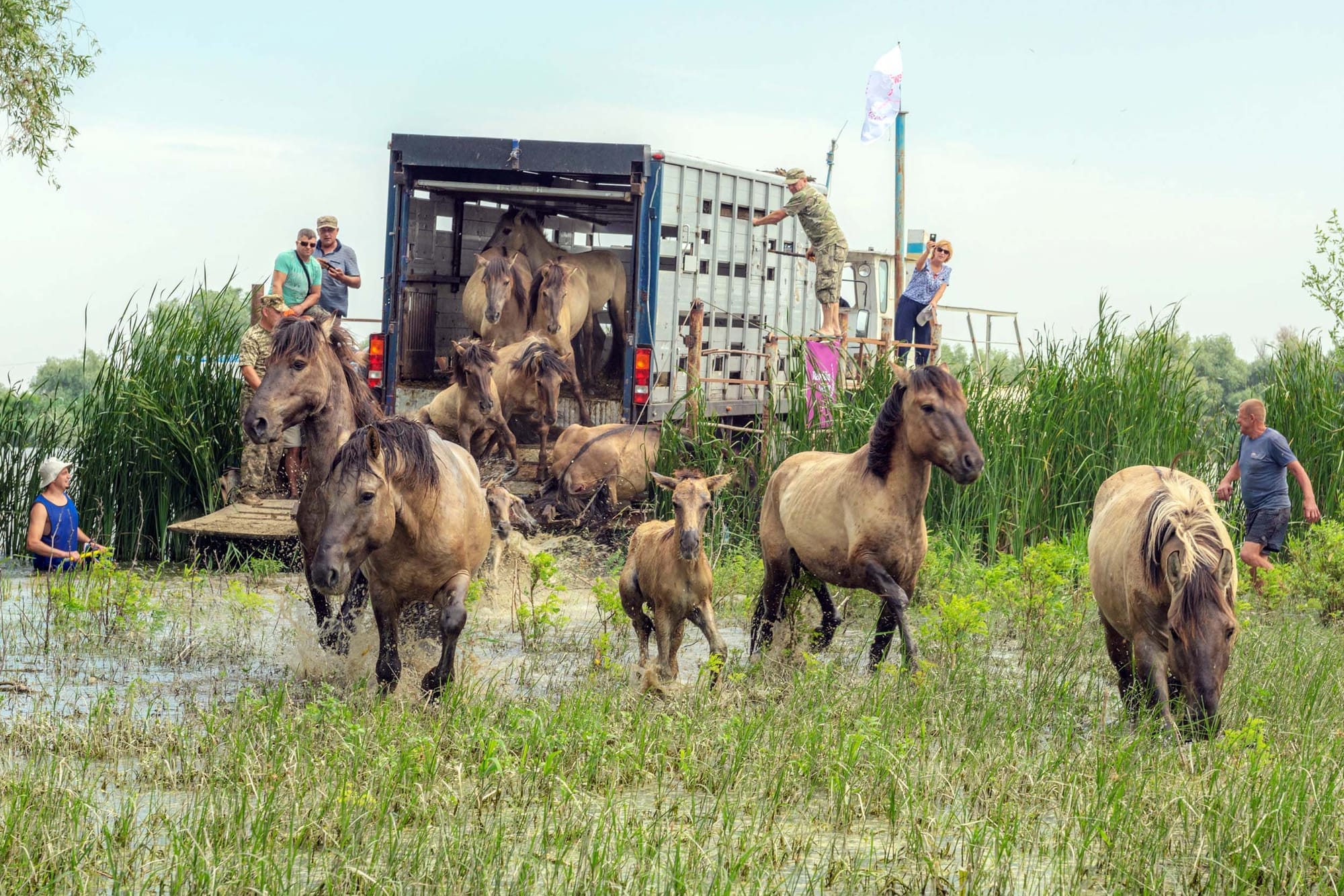
Fighting for wildlife in a time of war
As conflict rages around them, Ukrainian conservationists persevere in restoring the Danube Delta, one of Europe’s most prized ecosystems.
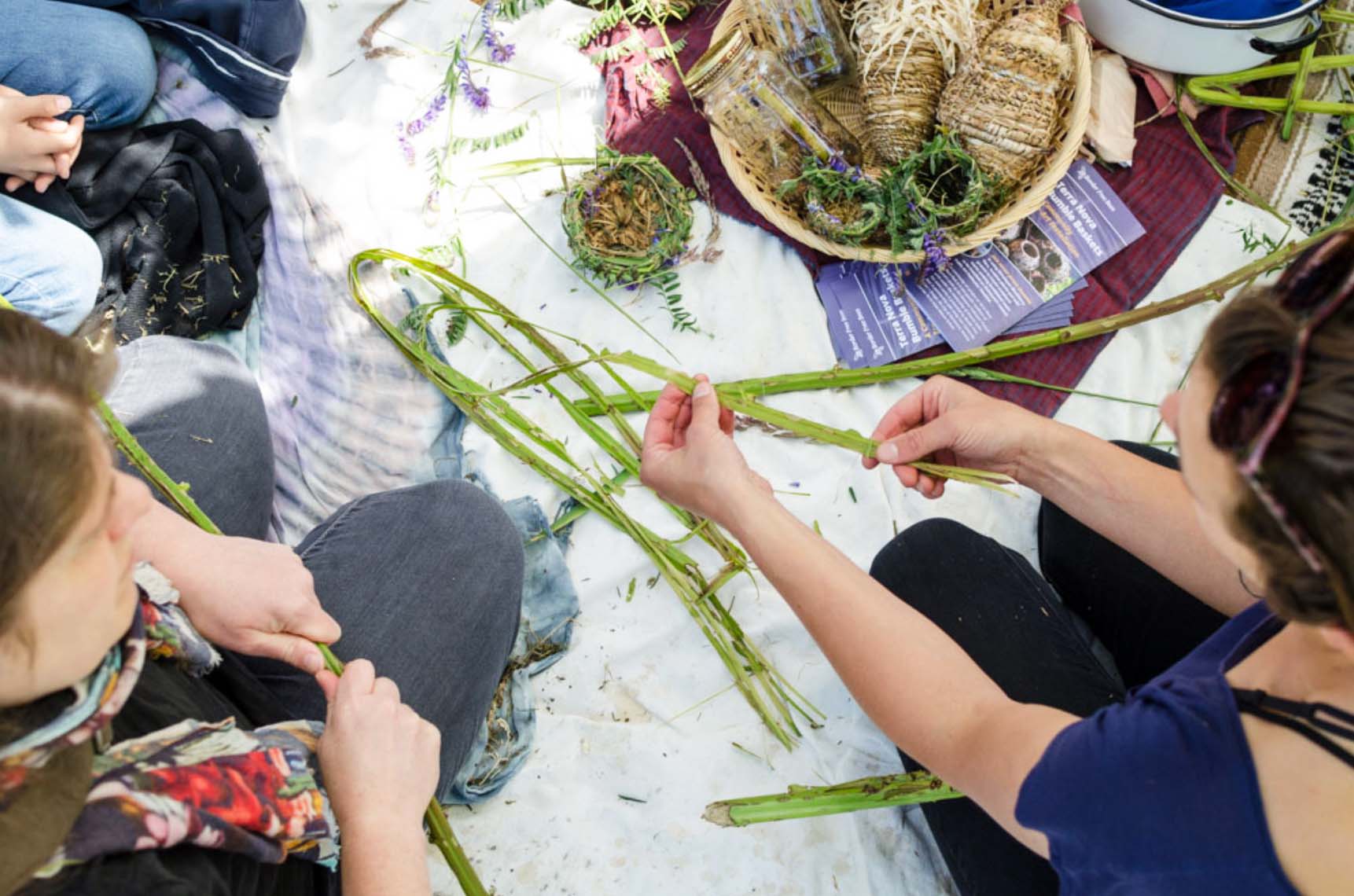
Why the rewilding movement needs art
Art has the power to make us think, fill our lives with colour and beauty and inspire us to make impactful choices for the future of our planet.
“More than ever, we need planting solutions that are resilient, ecologically functional, and beautiful. Our goal with this method is not merely to create more functional plantings, but to make people see again.”
– Thomas Rainer and Claudia West, Planting in a Post-Wild World: Designing Plant Communities for Resilient Landscapes
Recommended reads
I have to admit, I’d never thought much about deer. In many parts of Canada, including where I grew up, they’re just kind of there, a ubiquitous part of the landscape that you try to avoid hitting with your car.
But I recently moved into a new home, where local mule deer wander past the dining room window with alarming regularity – alarming, that is, from the point of view of someone who has ambitions of planting lots of shrubs and trees. So when I came across the new book The Age of Deer by American journalist Erika Howsare, I was intrigued. What could I learn about my new next-door neighbours?
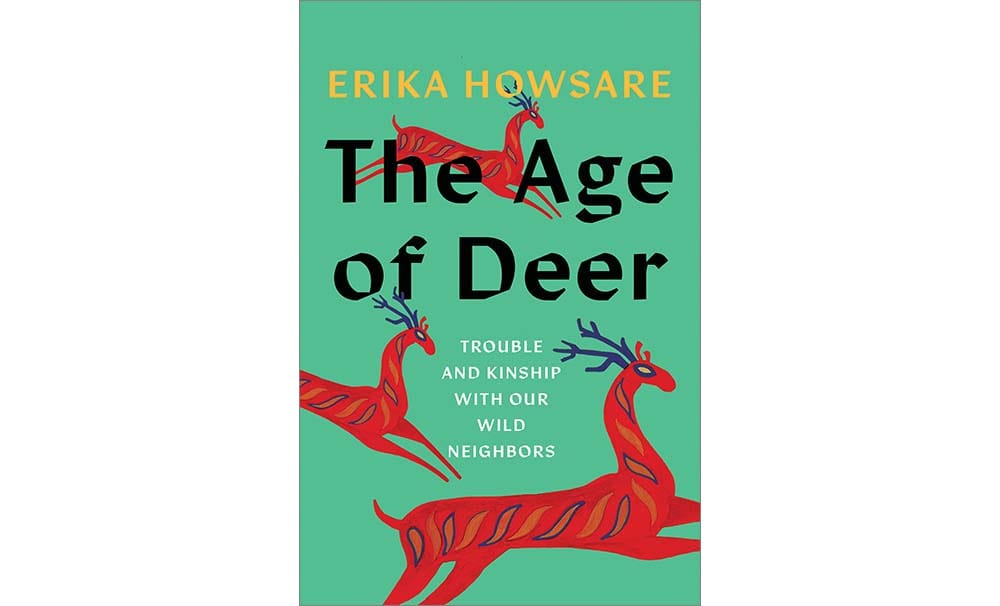
Howsare’s book is about deer, but it’s about deer through a human lens. She explores how various cultures have related to and depended on them throughout history, learns deer-tracking skills and practises turning deer parts into tools. She describes how the soft, supple buckskin created by Indigenous peoples of North America was in such demand that it helped precipitate a calamitous decline in deer populations across the continent – to the point where they were rare in the U.S. by the dawn of the 20th century. And, perhaps most intriguing from the rewilding point of view, she explains how the deer’s comeback was the result of human intervention: Alongside laws aimed at protecting populations (mainly for hunting, let’s be honest), animals were captured and relocated to establish new populations in regions where they’d been extirpated. An early rewilding success story of sorts, you might say.
Ultimately, as Howsare says in her introduction, we can’t look at our relationship with nature without examining our relationship with deer. “Deer may not only be a great historical species with long, tangled, essential ties to humanity,” she writes. “They may also be the species that perfectly symbolizes the way we live with nature now, and the way we will carry on into whatever weird, paradoxical future awaits.”
We encourage you to borrow The Age of Deer from your local library or purchase from an independent bookstore.
Elsewhere in rewilding
Apparently Lollapalooza is still a thing. And 30 years on, it’s bigger than ever, with eight editions on four continents. Also, they just teamed up with Re:wild (aka Leonardo DiCaprio’s charity) to help spread awareness and funds. Because, really, is there anything more rock ’n’ roll than saving the world?
Also from the “who knew?” files: People are rating public rewilding projects on TripAdvisor. A compilation of the so-called 10 best in the United Kingdom has Mar Lodge in Scotland’s Cairngorms National Park in the top spot. Did your fave make the cut?
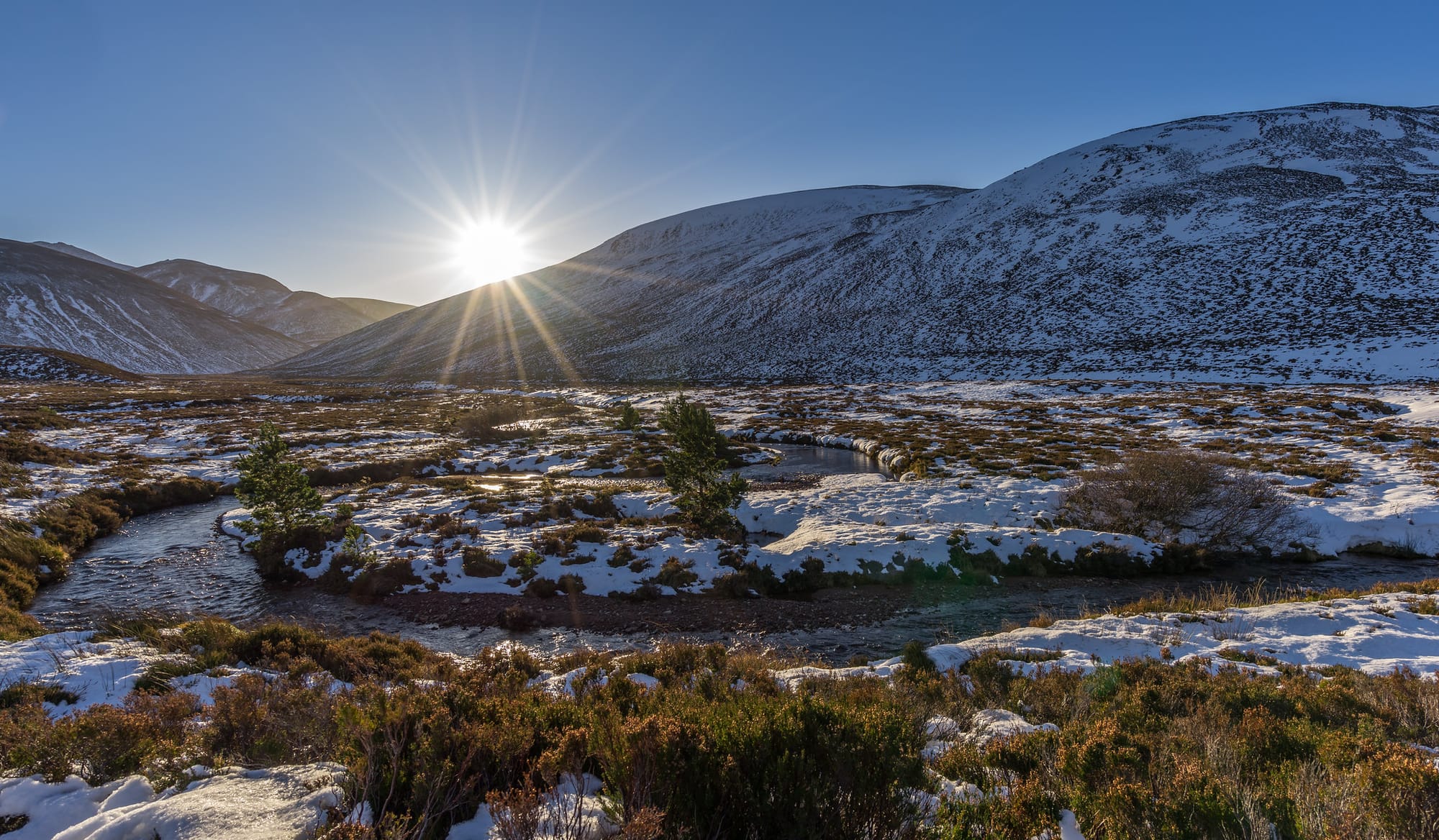
Staying in Britain … which is more important for the health of the countryside, wolves or wild cattle? That’s the debate explored from both sides in this BBC article that’s a good intro for people new to the issue.
Let’s hear it for Idaho! The Boise River ReWild Project aims to restore 50 acres along its waterway and improve biodiversity in the area. Thing started to go awry when the Oregon Trail got going back in the 1850s, one organizer says.
Typically we close out this section with a cute animal but this month we’re going with … vultures. Long-billed vultures in India, to be exact. Improved veterinary medicine means less dead livestock – and therefore fewer carcasses for the birds to eat. A new project hopes to boost their declining population.
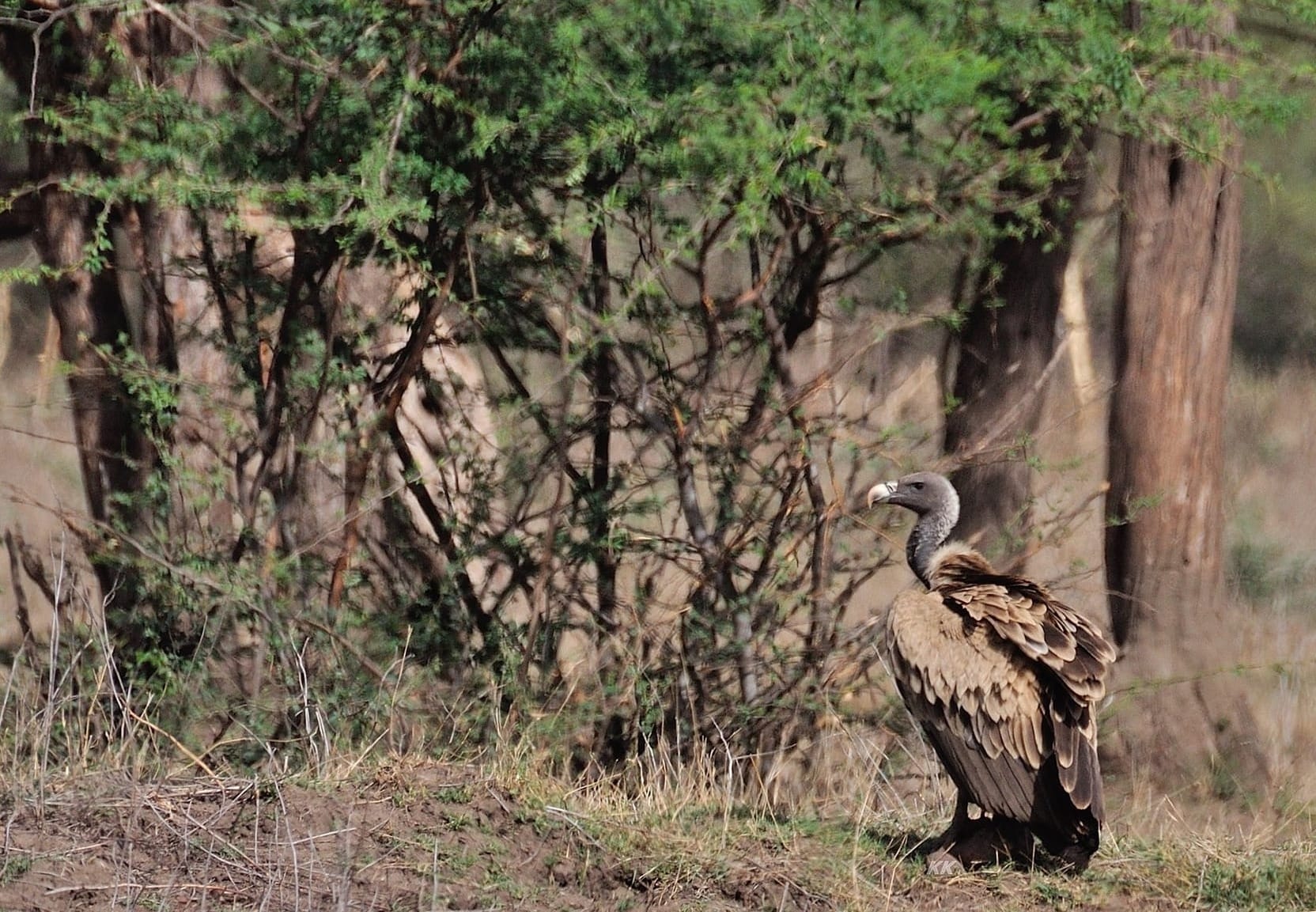
❤️ Enjoy this newsletter?
Send to a friend and let them know that they can subscribe, too.
Share your expertise: Do you know a project, person or story we should feature? Let us know.
Just want to say hello? Click that reply button and let us know what you think – and what else you'd like to see. We'd love to hear from you.


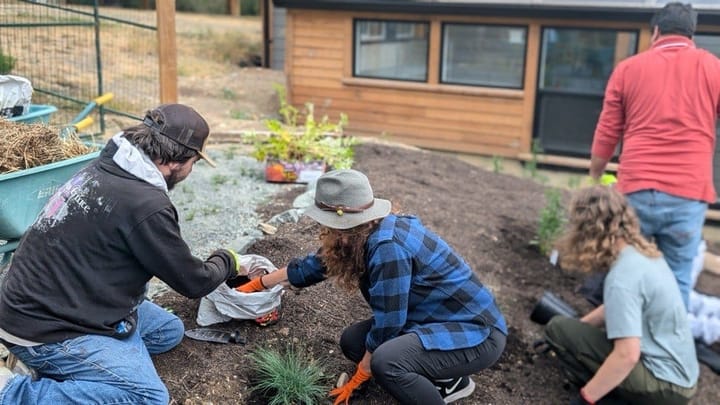
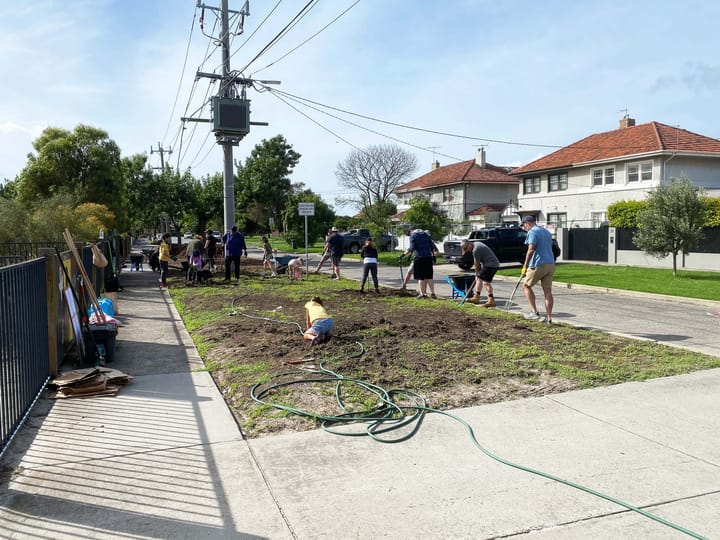
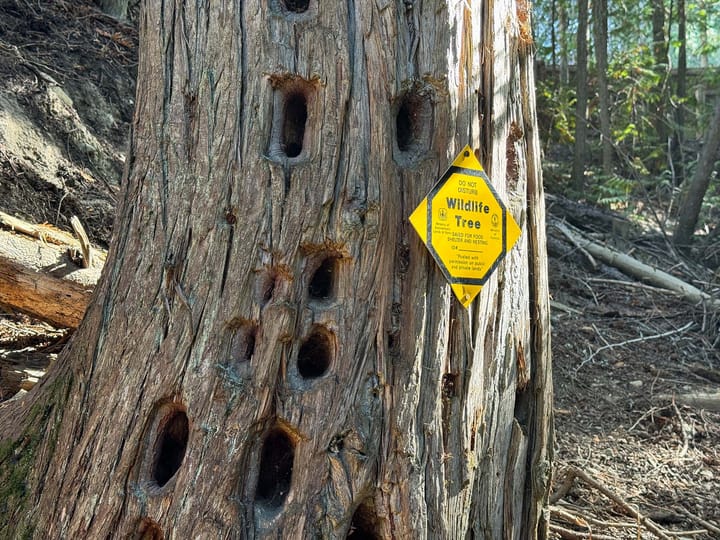
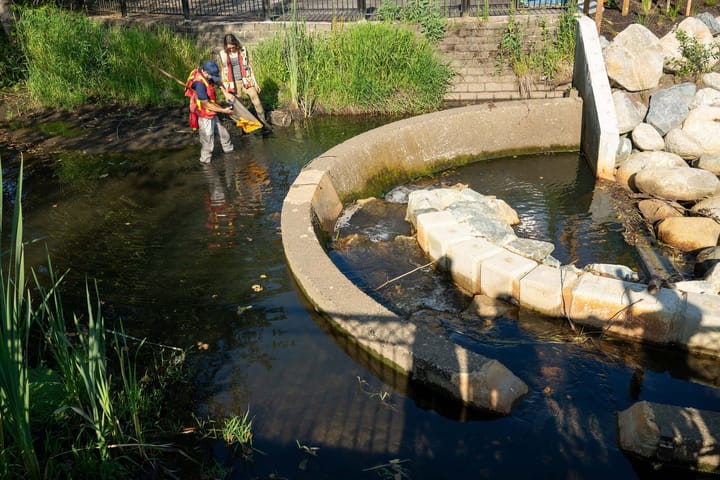
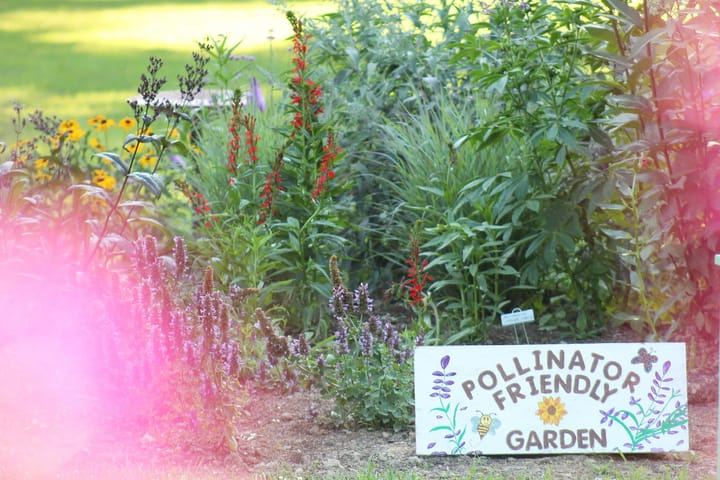
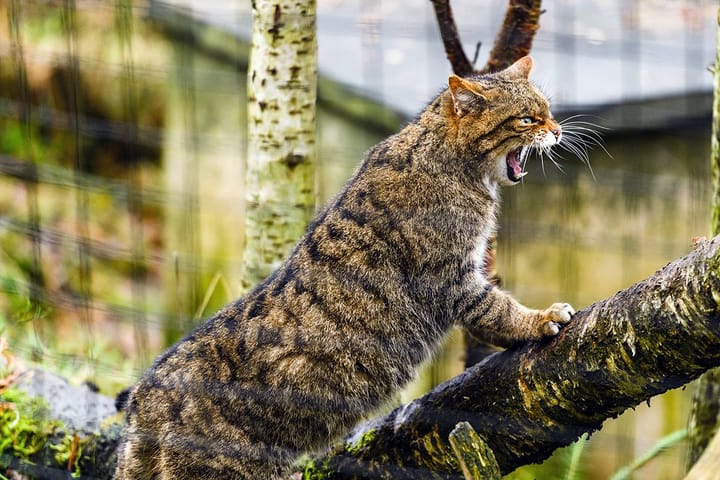

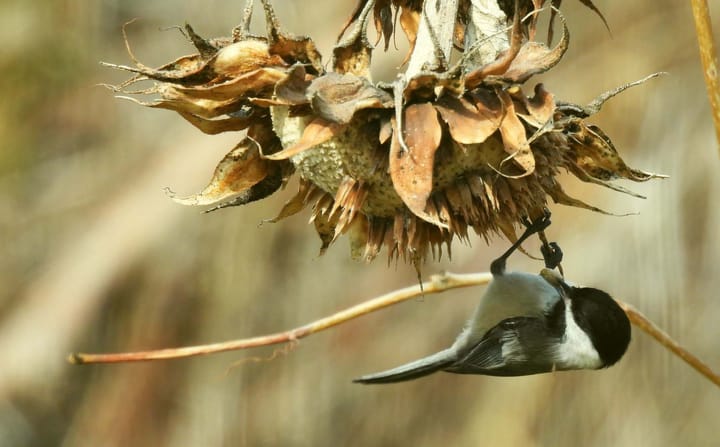


Comments ()